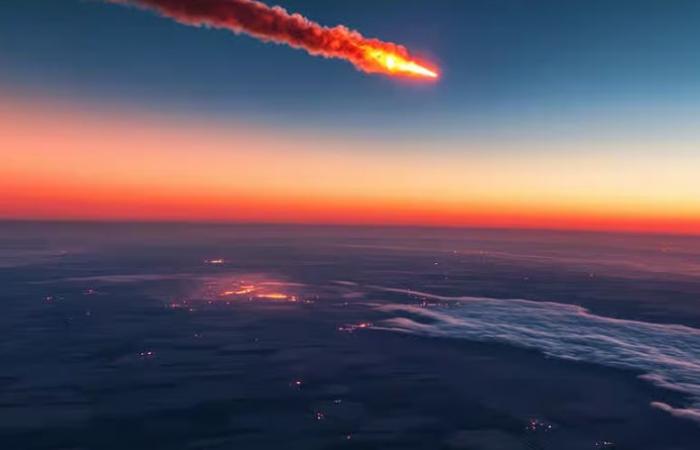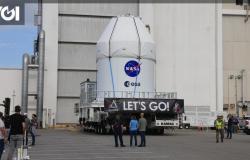She was intended to end her life on Venus and not on the blue planet. In orbit around the earth for 53 years, the Soviet probe Cosmos 482 is about to take the final jump in our atmosphere. But her resistance capacity asks questions: is there a risk that she will survive in her crossing of the atmosphere and comes to impact our soil?
The disintegration of obsolete satellites in theatmosphere Land is an almost common and well controlled operation by space agencies. However, the entrance to Cosmos 482 next weekend will be followed very closely, with potentially a little anxiety.
Indeed, this probe – launched in 1972 by the USSR – was not at all intended to end its life by consuming itself in our atmosphere. Part of the ambitious program Venusit was indeed built to land on Venus. And this is what worries today: planned to withstand the temperatures and extreme pressures of Venus, Cosmos 482 could very well resist the warm -up produced by its entry into the earth’s atmosphere. Especially since its trajectory is not at all controlled, unlike satellites intentionally destroyed every year!
A probe intended to withstand the entry into the Venusian atmosphere
But what does this probe do, a real relic of the beginnings of the space conquest, near the earth? Its presence above our heads at the moment is simply explained by a malfunction of the rocket Soyuz at the time of launch 53 years ago. The engines did not issue the speed necessary for the probe to completely tear it away from terrestrial orbit and put it on the road to Venus. Instead of reaching the infernal planet, Cosmos 482 therefore remained on a very elliptical orbit. Over time, the earth’s attraction brought him back into the giron From our planet, until researchers believe that it will finally end up falling around May 10.
Trajectory calculations indicate that the probe of almost 500 kilos can potentially enter the atmosphere to latitudes Average, between 52 ° N and 52 ° S, which represents a very large area including European, Asian, American, African and Australian territories. If the risk that debris impacts the soil exists, it remains more likely that they end their race in one of the oceans or that they are completely consumed in the atmosphere. The probe trajectory and its potential impact site should be refined in the coming days.








